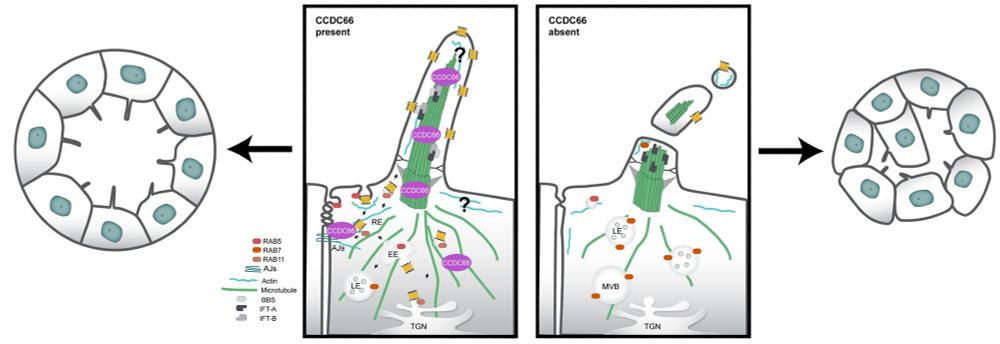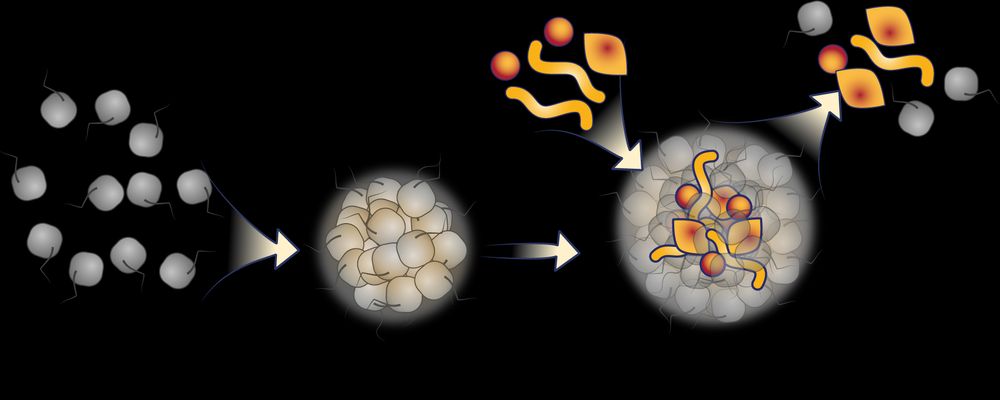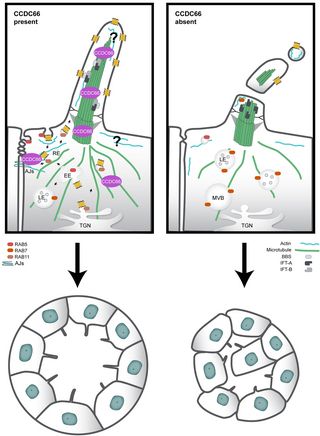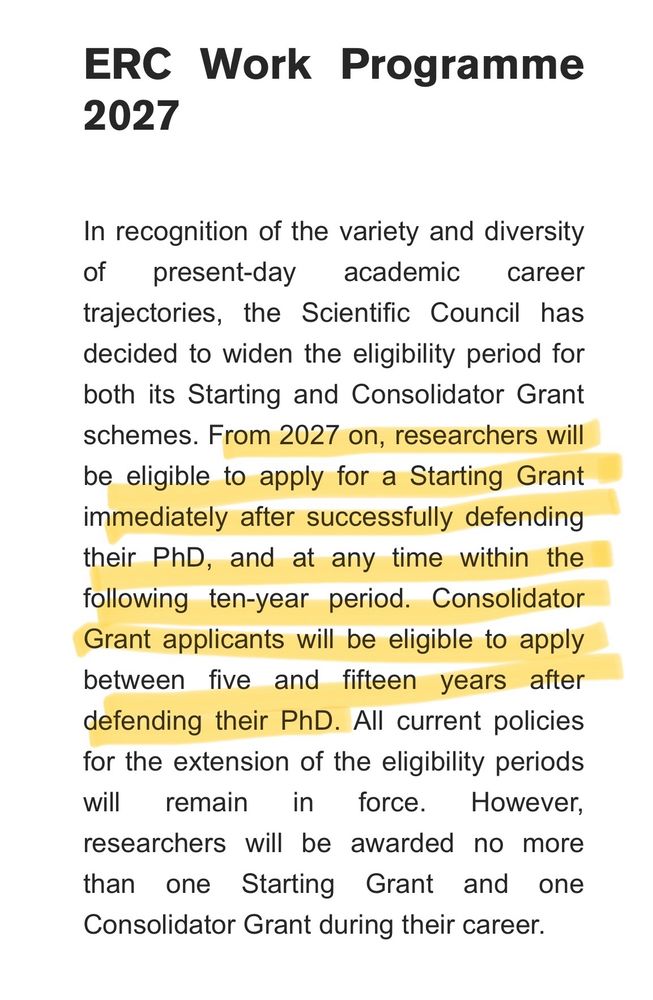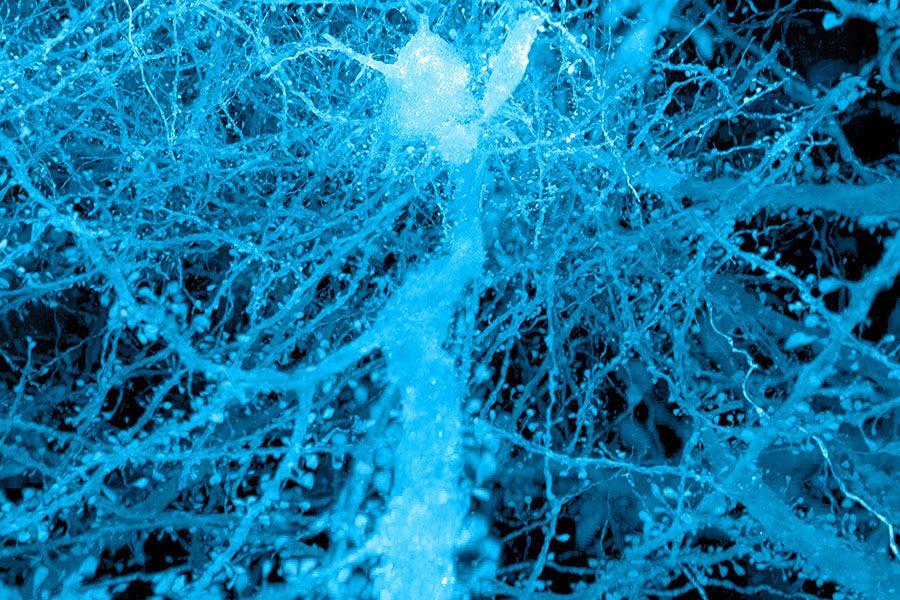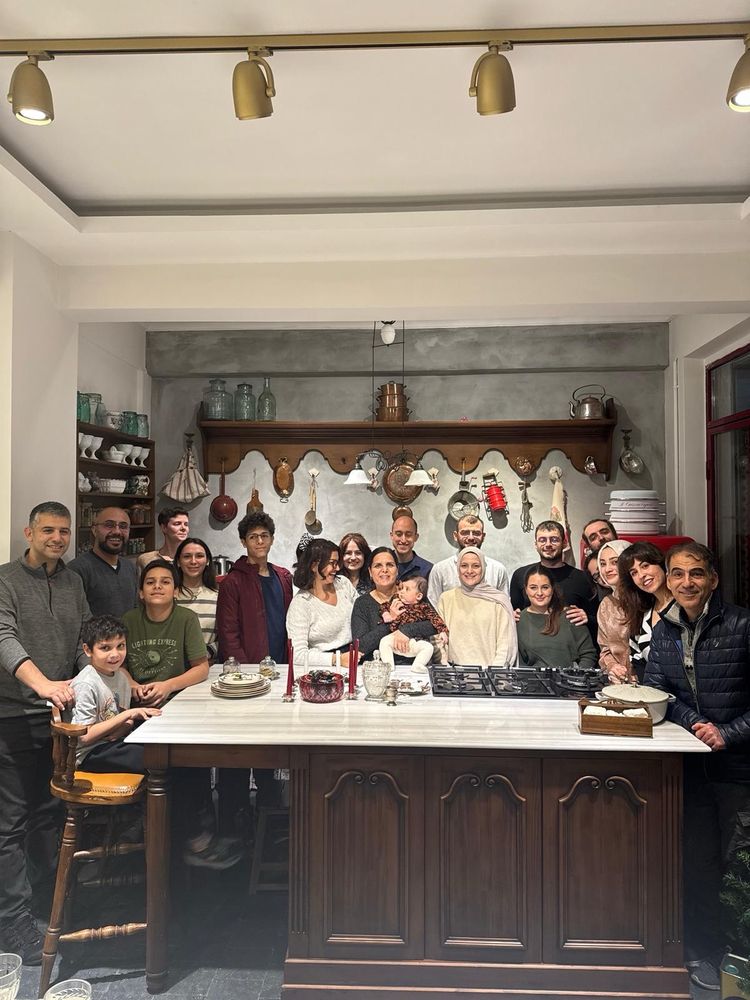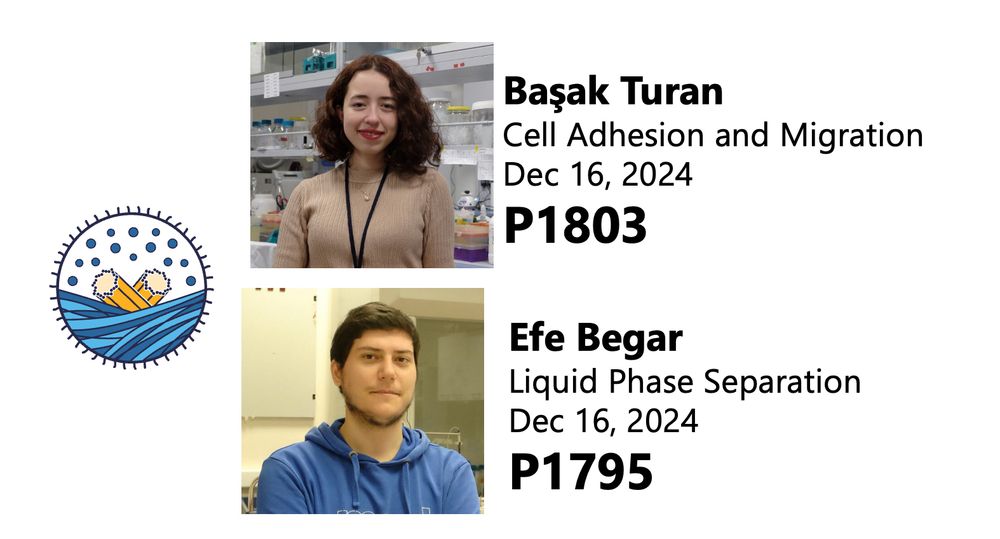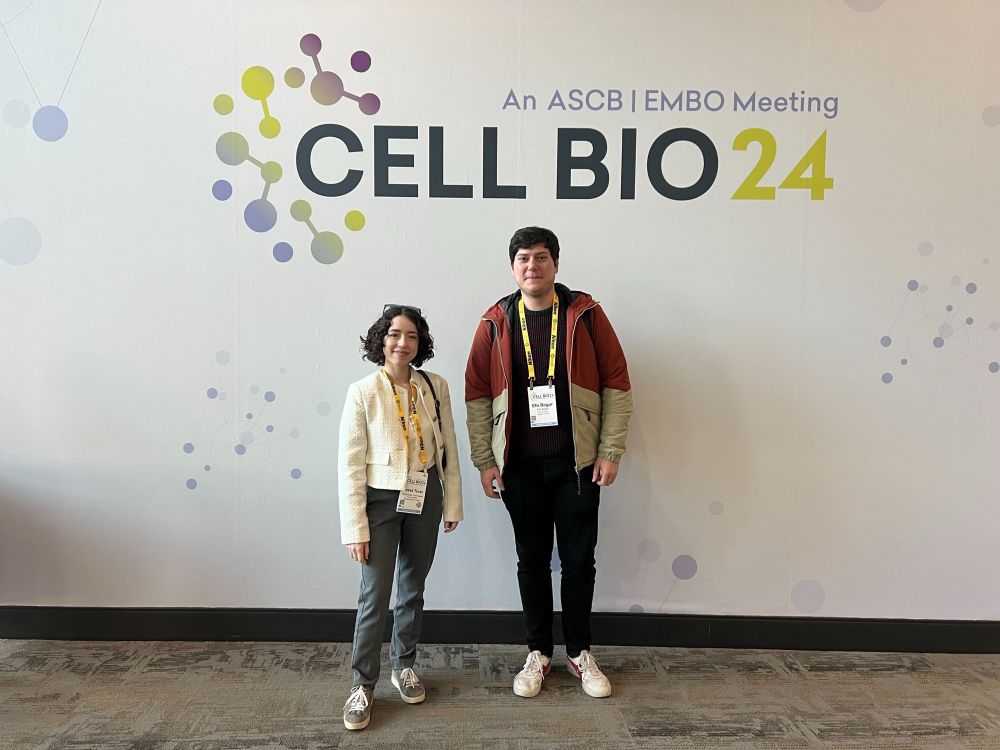Elif Nur Firat-Karalar
@cytolabkoc.bsky.social
950 followers
140 following
23 posts
scientist studying centrosomes, cilia and centriolar satellites; associate prof @kocuniversity; alumna @ucberkeley @stanford; mom of three boys and a girl; 2X ERC StG LS3; Instagram: cellbiologist_enf, website: https://cytolab.ku.edu.tr
Posts
Media
Videos
Starter Packs
Reposted by Elif Nur Firat-Karalar
Maureen Barr
@barrlab.bsky.social
· Aug 29

Transcription factors SP5 and SP8 drive primary cilia formation in mammalian embryos
Although specific transcription factors (TFs) are known to regulate cell fate decisions, the degree to which they can stimulate formation of specific cell organelles is less clear. We used a multiomic...
www.science.org
Reposted by Elif Nur Firat-Karalar
Aydogan Lab
@aydoganlab.bsky.social
· Aug 27
Aydogan Lab
@aydoganlab.bsky.social
· Aug 25

Postdoctoral Scientist - Aydogan Lab
Primary Work Address: HHMI/Columbia University | Shadlen Lab--L5-003, New York, NY, 10027 Current HHMI Employees, click here to apply via your Workday account. The Howard Hughes Medical Institute (HHM...
hhmi.wd1.myworkdayjobs.com
Reposted by Elif Nur Firat-Karalar
Reposted by Elif Nur Firat-Karalar
Manuel Thery
@manuelthery.bsky.social
· Jul 29
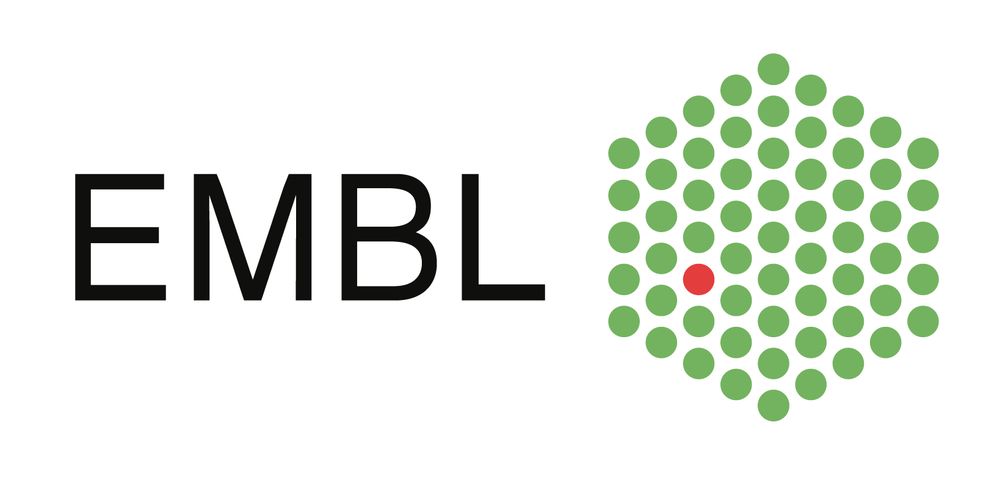
Head of the Cell Biology and Biophysics Unit
The European Molecular Biology Laboratory (EMBL) is Europe’s flagship life sciences organisation, and one of the world’s leading research institutions. An intergovernmental organisation of 29 Member S...
embl.wd103.myworkdayjobs.com
Reposted by Elif Nur Firat-Karalar
Reposted by Elif Nur Firat-Karalar
Piali Sengupta
@senguptalab.bsky.social
· Mar 10
Reposted by Elif Nur Firat-Karalar
Reposted by Elif Nur Firat-Karalar
David Mick
@mick-lab.bsky.social
· Jan 11
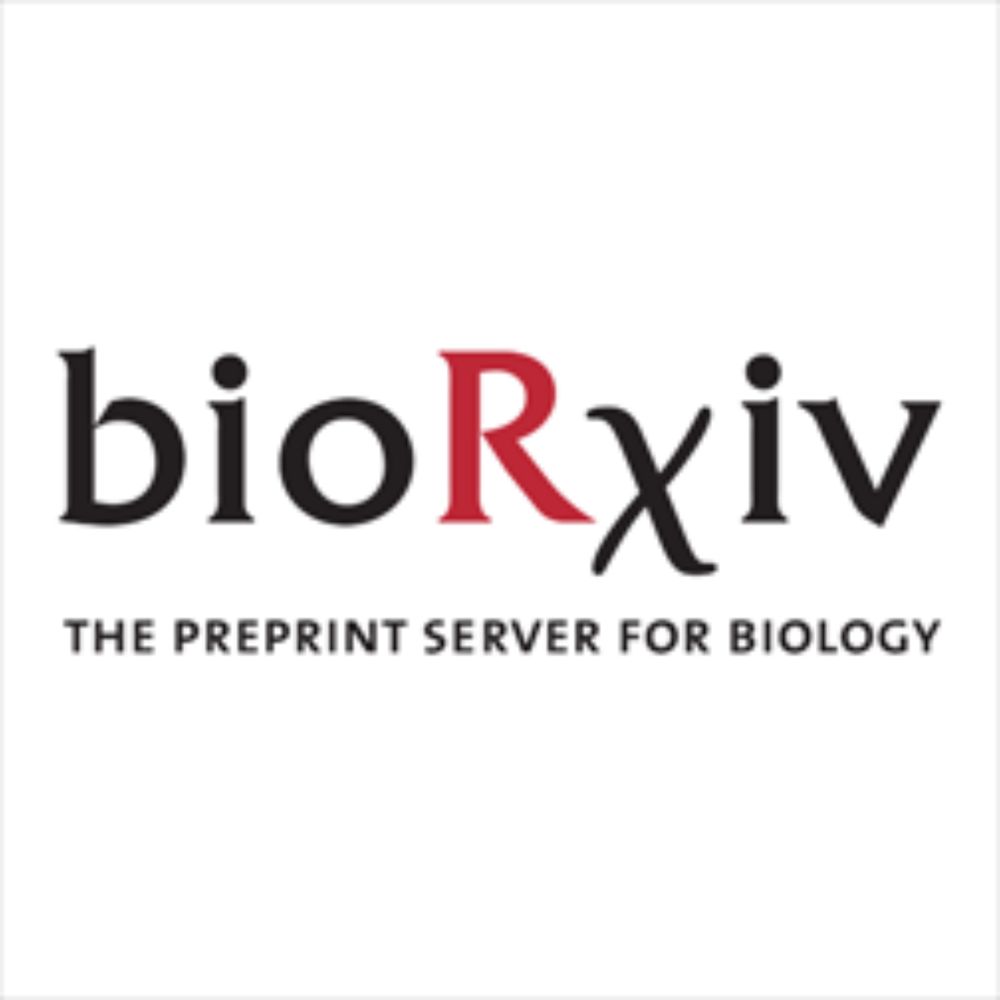
iAPEX: Improved APEX-based proximity labeling for subcellular proteomics using an enzymatic reaction cascade
Ascorbate peroxidase (APEX) is a versatile labeling enzyme used for live-cell proteomics at high spatial and temporal resolution. However, toxicity of its substrate hydrogen peroxide and background la...
www.biorxiv.org
Reposted by Elif Nur Firat-Karalar
Piali Sengupta
@senguptalab.bsky.social
· Nov 26
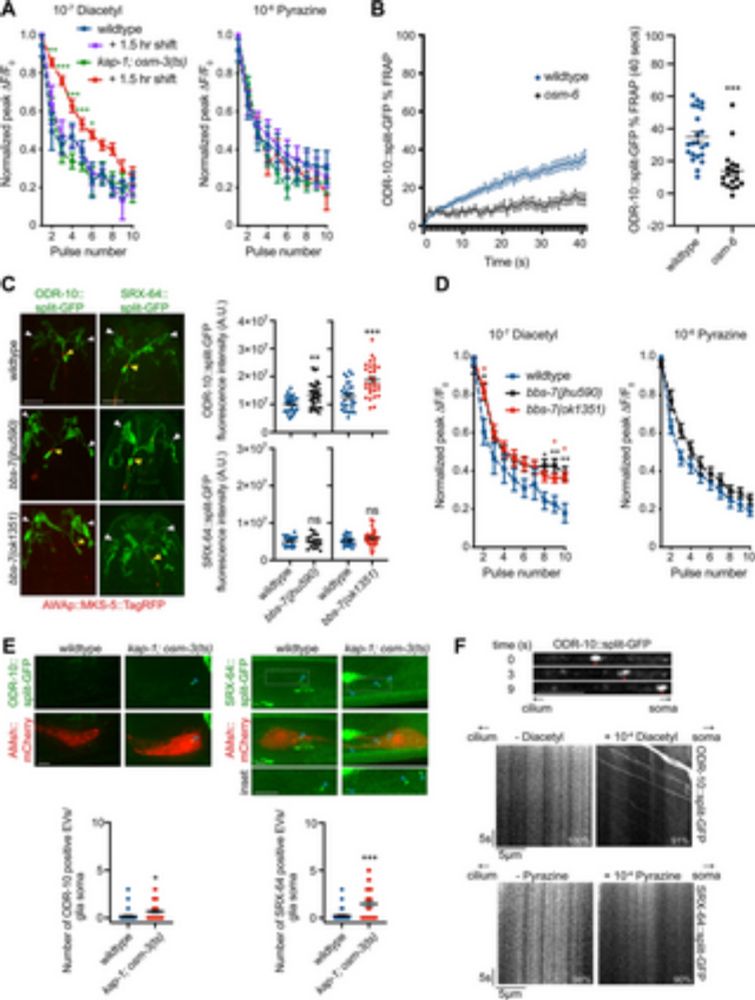
Cilia structure and intraflagellar transport differentially regulate sensory response dynamics within and between C. elegans chemosensory neurons
The relative contributions of intraflagellar transport (IFT) and cilia structure to sensory neuron responses remains unclear. This study reveals unexpected complexity in the contribution of IFT and ci...
journals.plos.org

